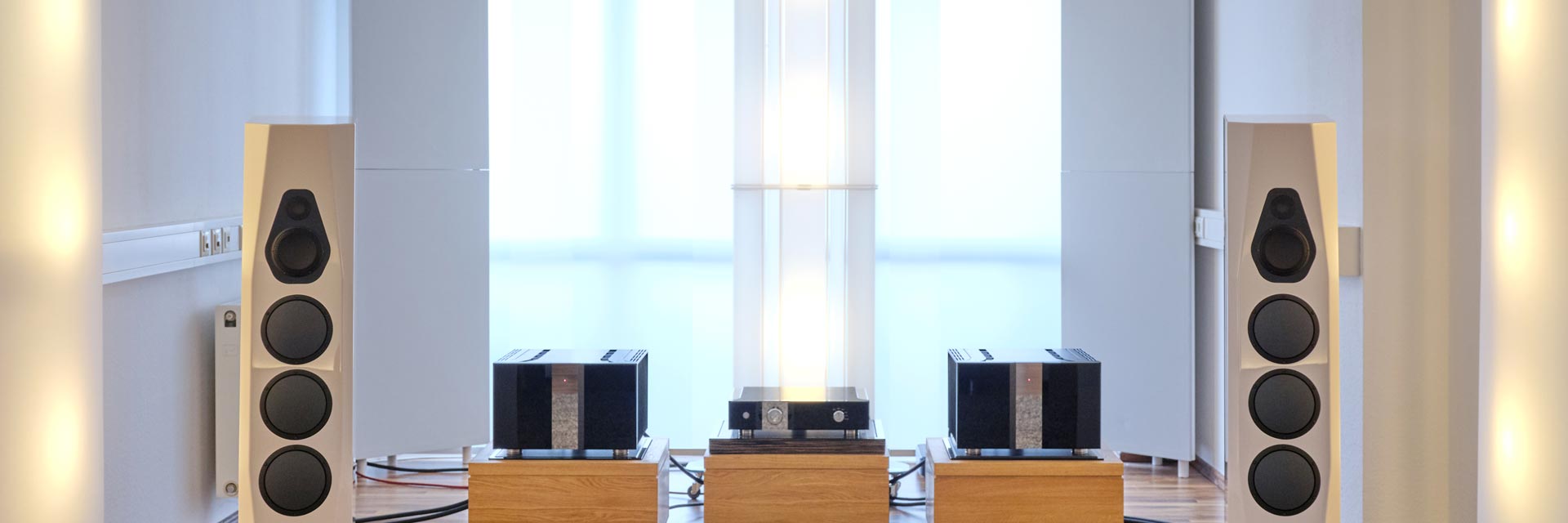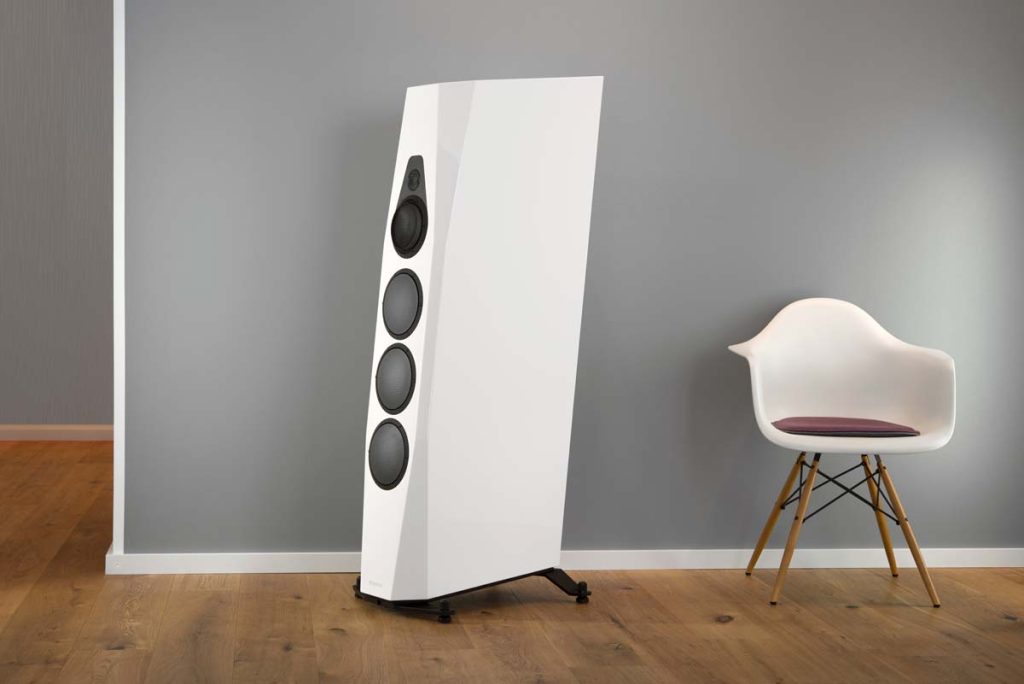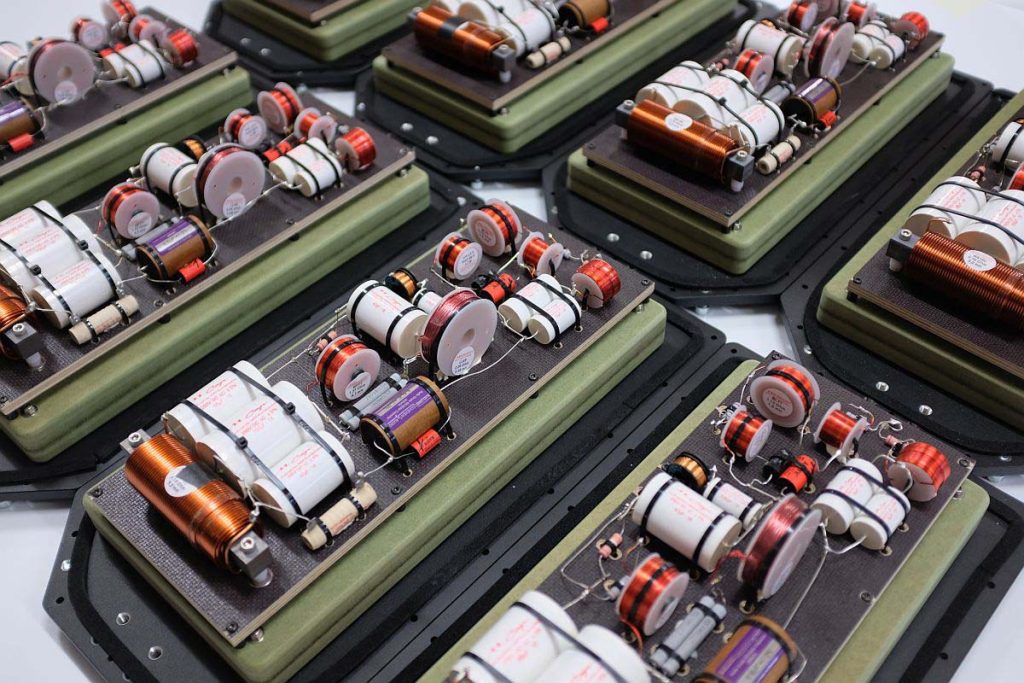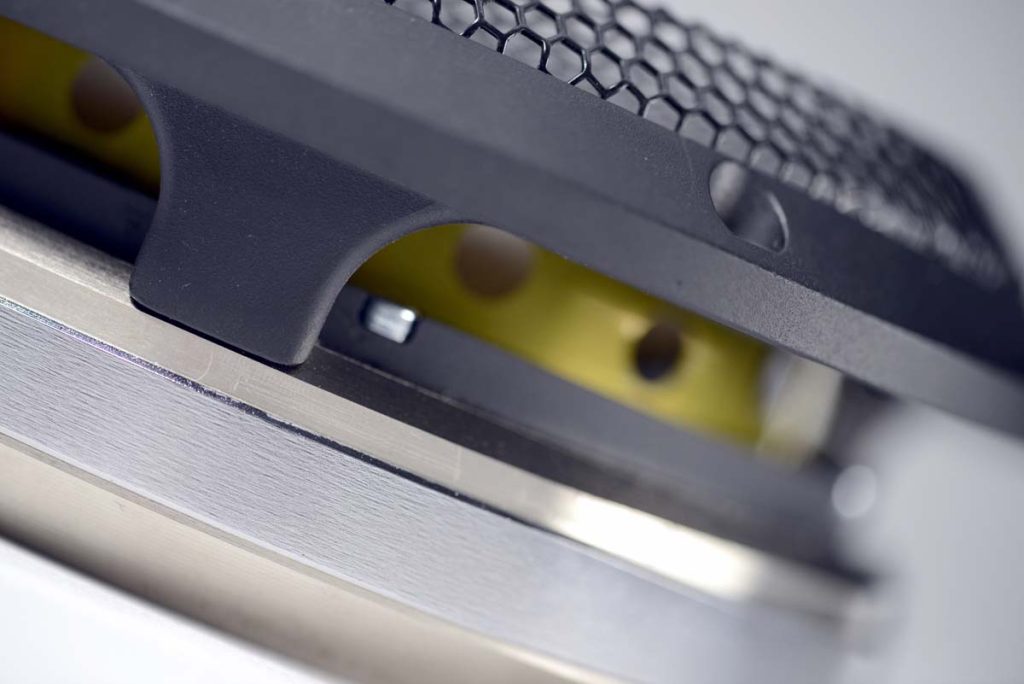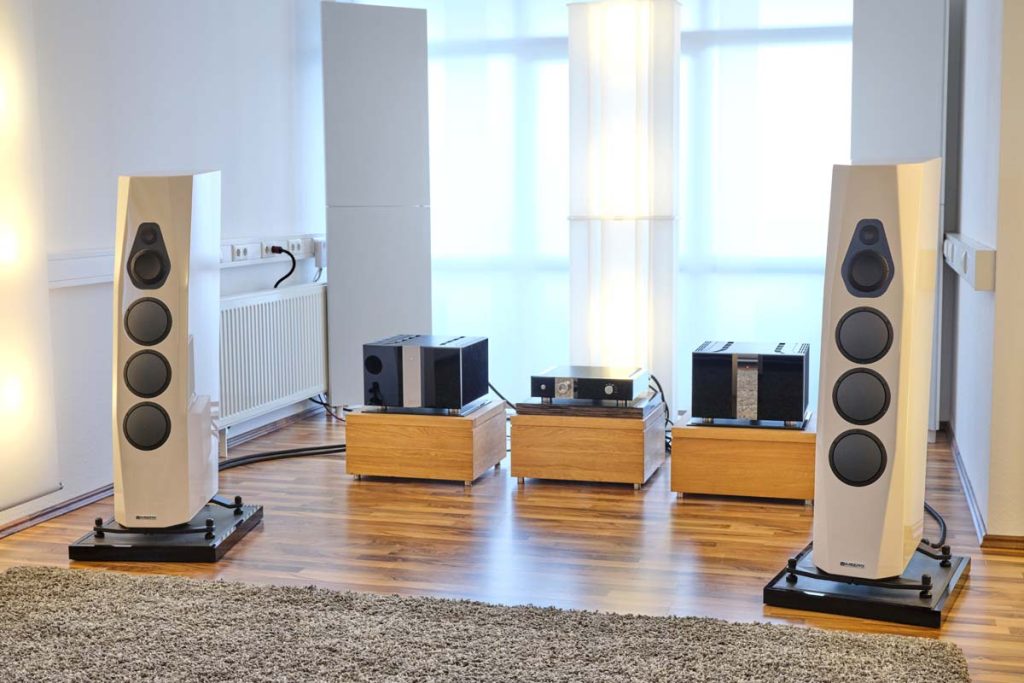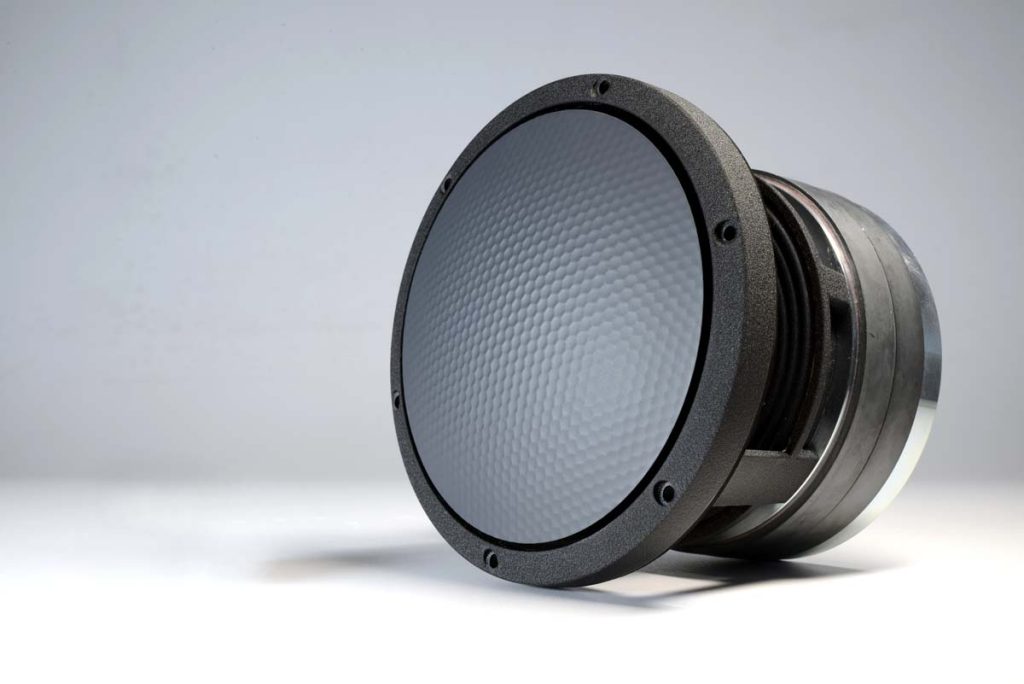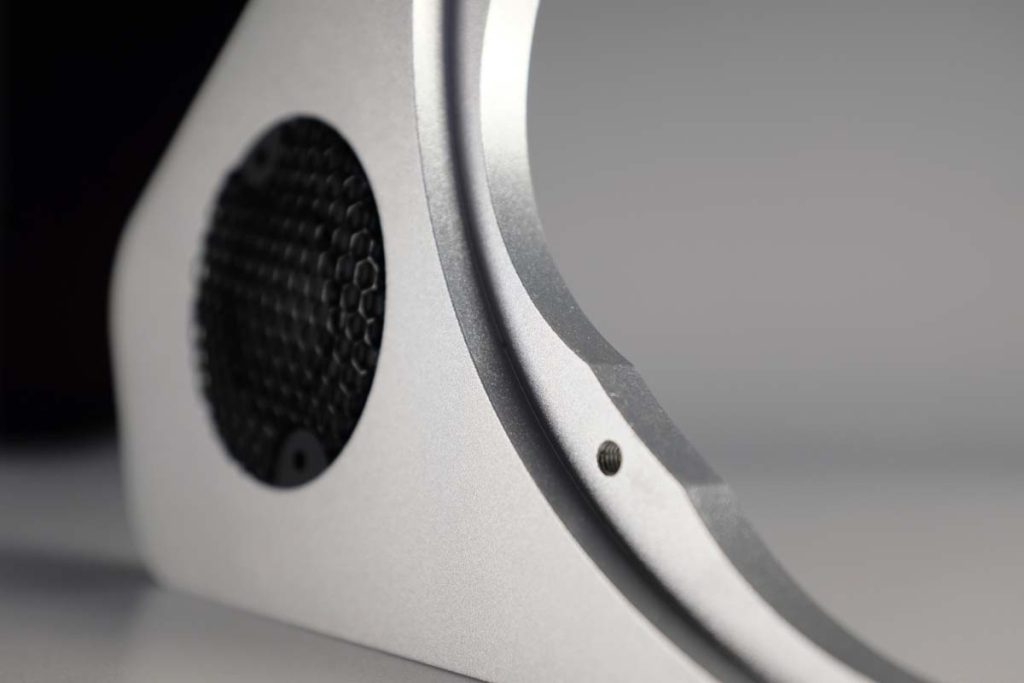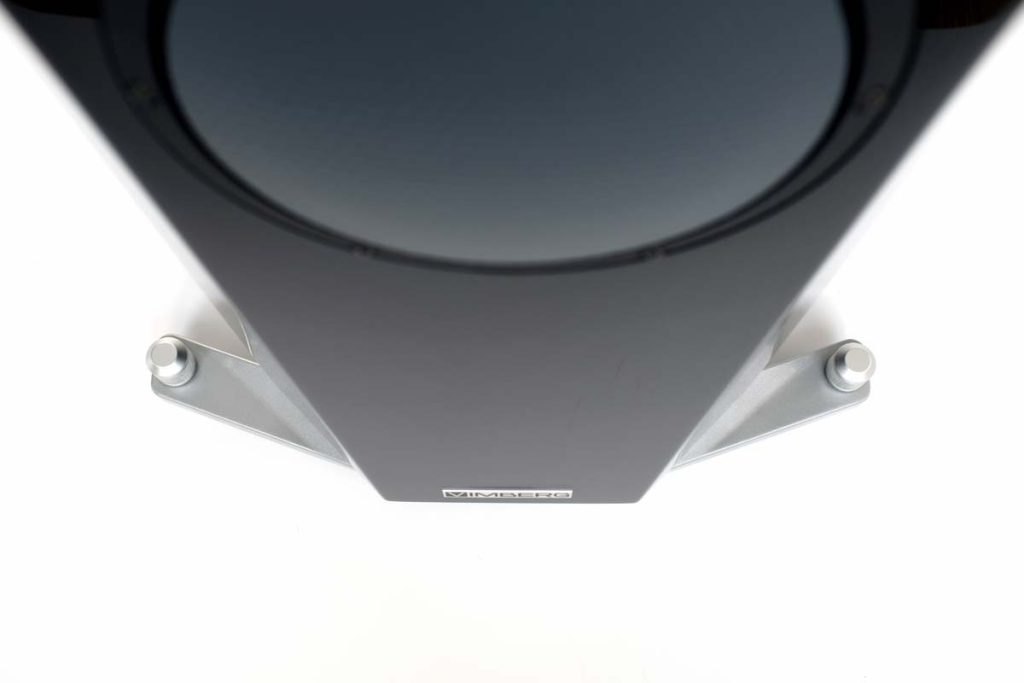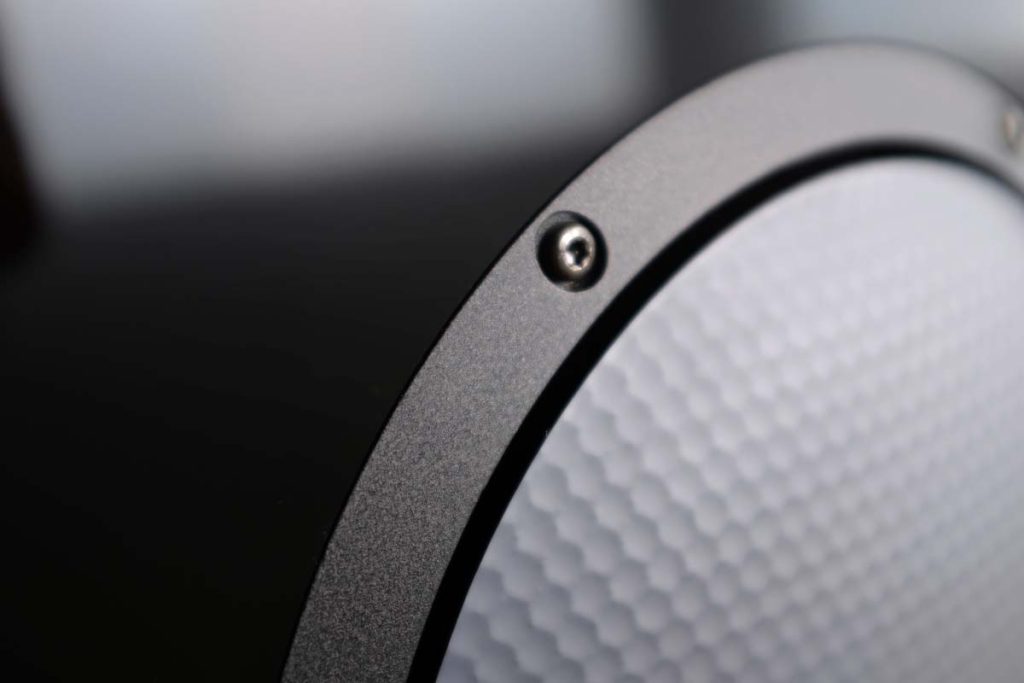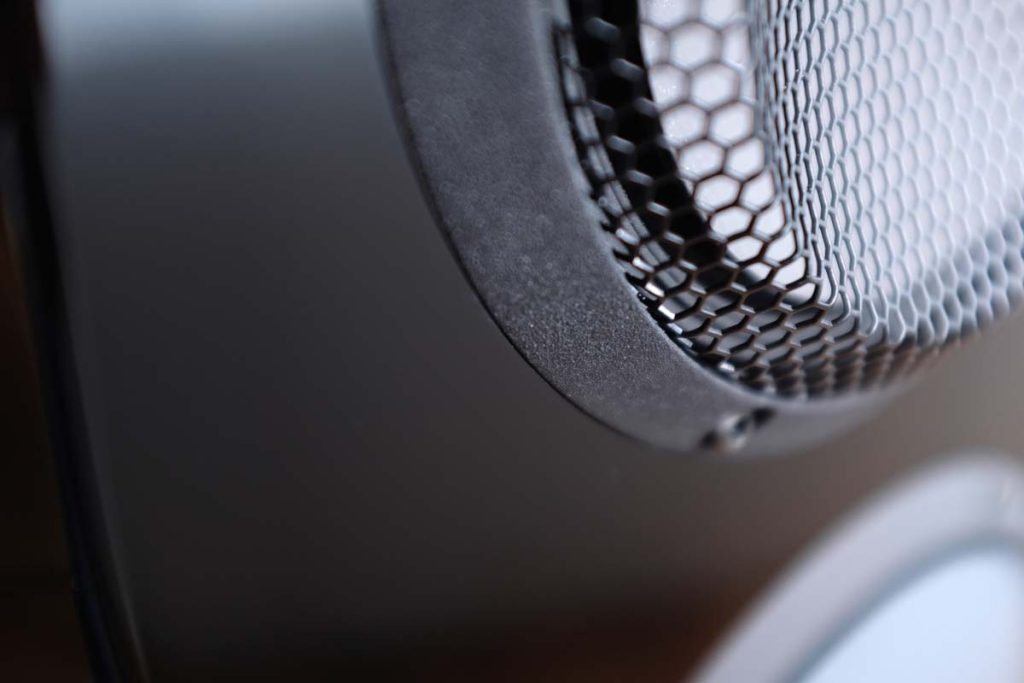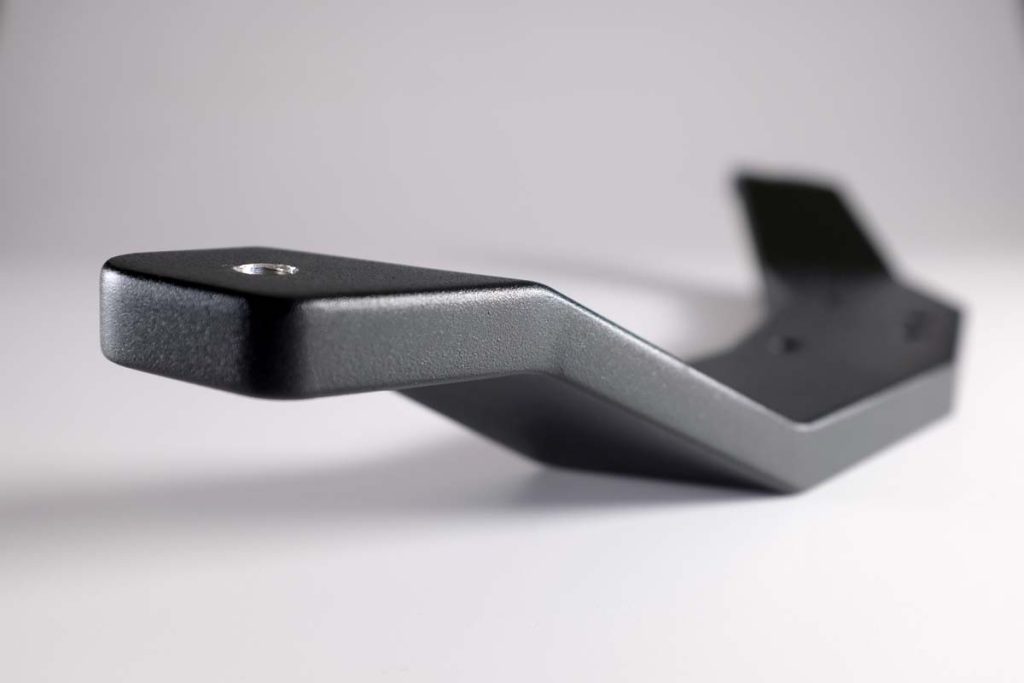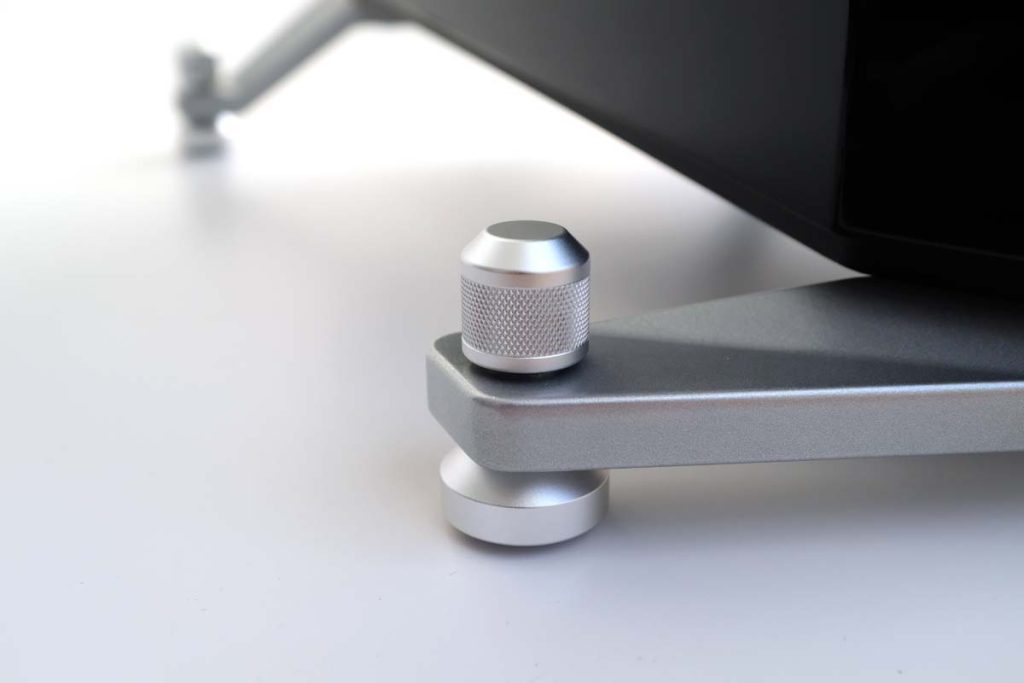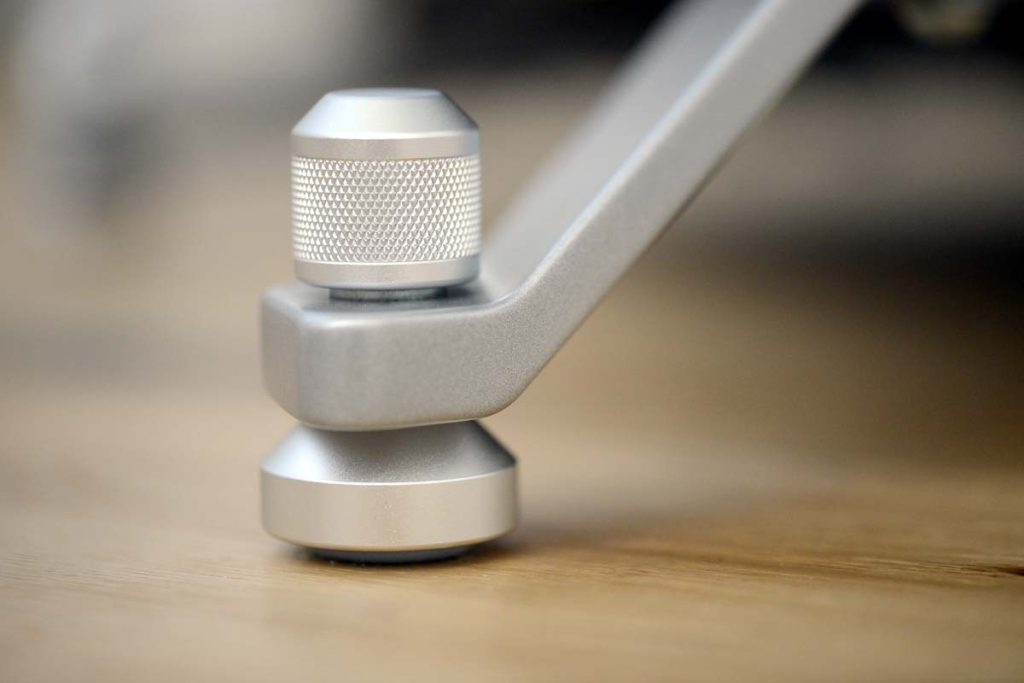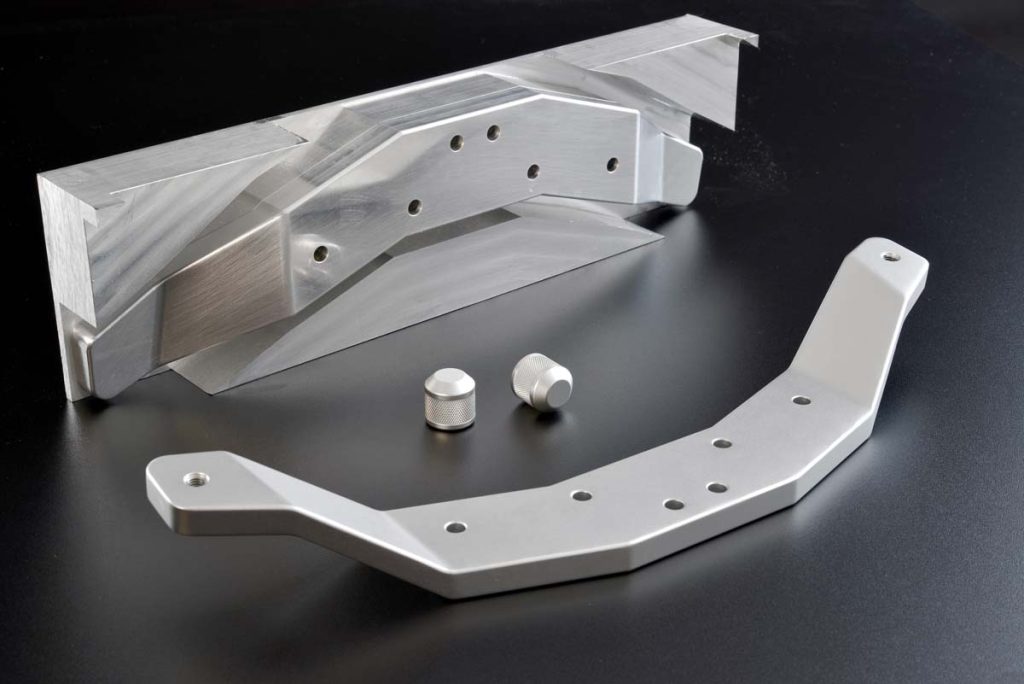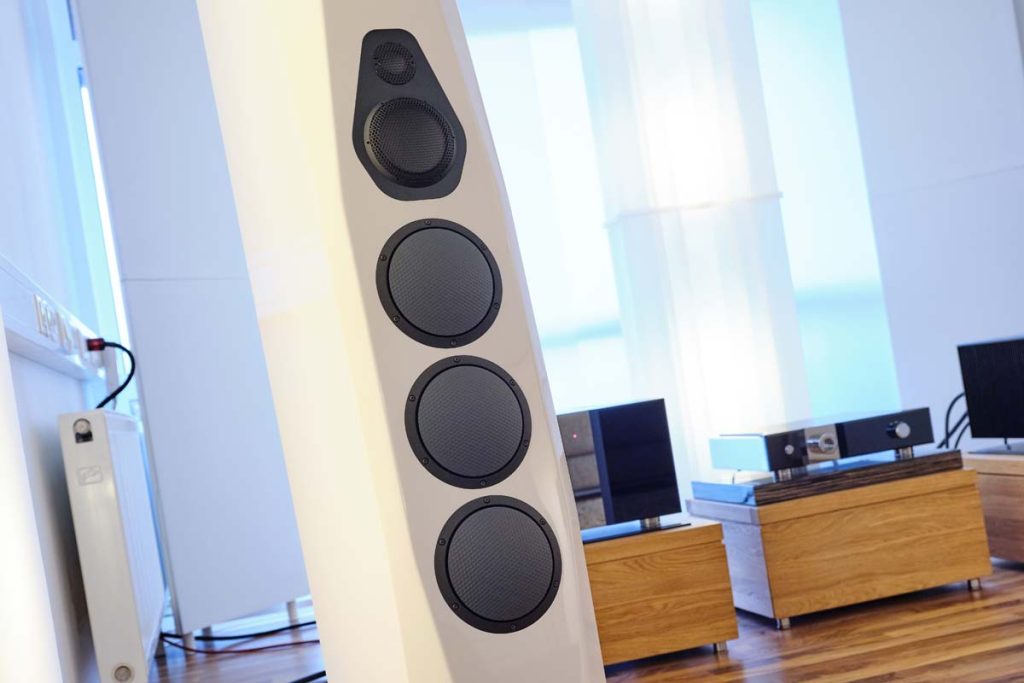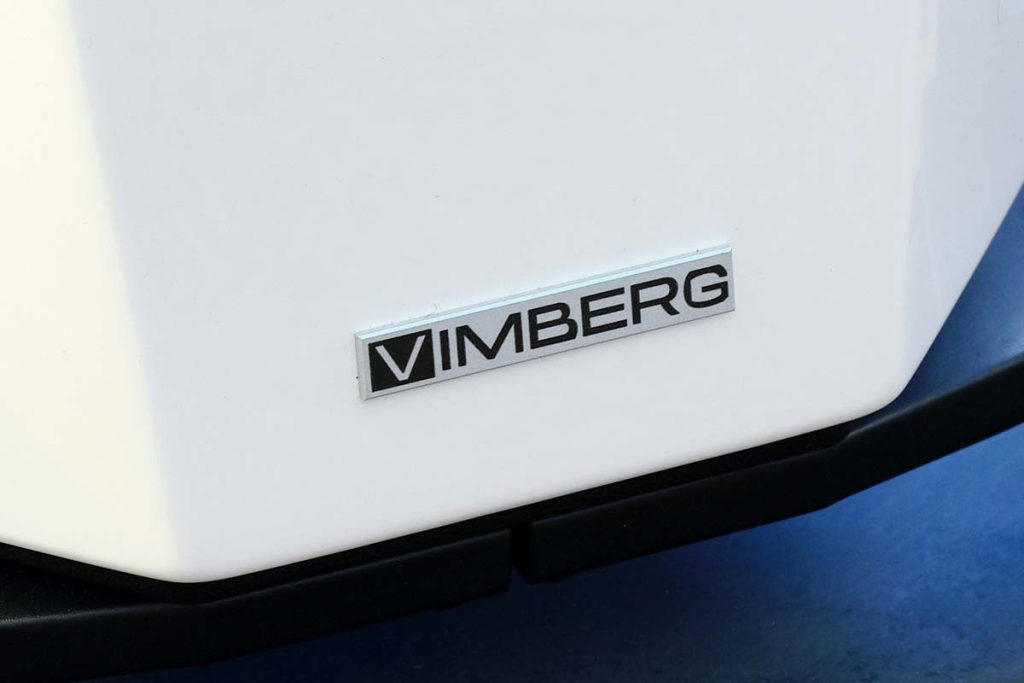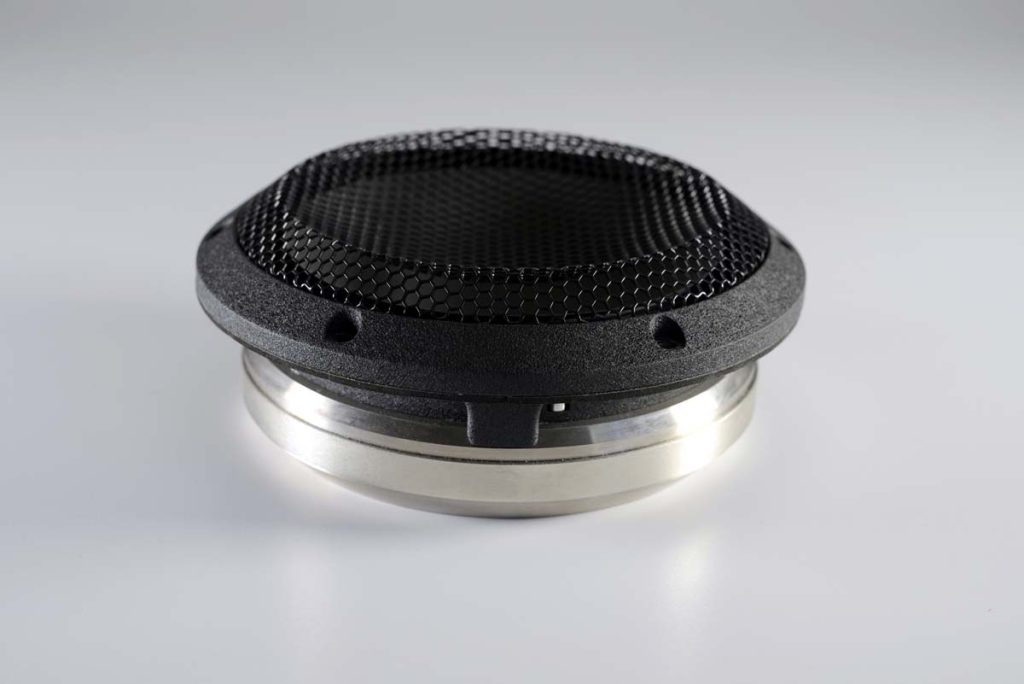Emotions exist independent of space and time. They simply unfold, totally outside the control of our conscious mind.
If you’re not convinced of this and you still believe you’re the one in charge, then arrange for a therapy session with the Vimberg Tonda D – it’ll teach you otherwise. Our noses only need a fraction of a second to decide whether we’ll surrender ourselves to the charms of another person or remain aloof. All too often, so scientists tell us, it’s simply chemistry that decides — and it performs this job skillfully and underhandedly, letting us think we’re the ones sitting in the driver’s seat making all the decisions. The only natural phenomenon I know of that can achieve something similar is sound. Whether the snarl of a saber-toothed tiger (unlikely in modern times) or the sharp-edged shouting of a supervisor (heard much more frequently), both will prompt a burst of adrenalin to flow through our veins. And an impetuous brass drum, a swirling sound tapestry, or a human voice that seems to take on a physical shape between the speakers can send shivers down our spines. It takes just a second for a person to become totally and helplessly immersed in the music. Sound doesn’t need to have a game plan or worry about tactics. When everything comes together, our brains don’t even try to interfere.
Reason
I can’t blame chemistry for the fact I adored the Vimberg Tonda D from the first moment I laid eyes on it. Wafting over to me from the recently unpacked unit was that typical new speaker fragrance — a hint of fresh varnish laced with a trace of foam padding. But the Vimberg’s appearance rather than its aroma is what immediately caught and held my attention. It’s a pretty massive unit that still manages to not seem overwhelming. Besides bringing in acoustical benefits, the faceted edges on the front panels soften the speakers’ proportions and lend them more elegance. The unit’s gray diaphragms and black feet, which give the 1.4-meter-tall boxes the stability they need, create a sharp contrast to the brilliant white of our test units. In short, exemplifying design at its very best, Vimberg’s tallest speaker is a functional object that could also be an furniture item or even a sculpture.
Feeling extremely lonely at the office (due to certain current circumstances we all know about), I had just spent an hour removing our two objets d’art from their packaging, before heaving them upright and placing them into the desired positions. I’m using the work “packaging” somewhat loosely here. The D speakers were shipped in two enormous, padded flight cases that looked like they could survive a drop from the top of a multistory building. Despite my back reminding me with a twinge or two that boxes this big should really be hoisted around by two people (at the very least), setting them up went remarkably fast. Each of the gigantic speakers weighs in at 96 kilos.
To make it a challenge, the setup required first having to attach aluminum-coated supports for the adjustable feet, a step that can prove a little tricky with speakers that slant slightly backward, like these. So I laid the boxes on the floor and raised up the bottom using foam padding. All accessories came stored in a separate section of the delivery case that opened with a loud and satisfying click when pressed. I was amazed to find the gliders so heavy that I had to use both hands to remove them from the case.
“We tried everything else first, including casting and bending,” stated Jörn Janczak, who founded Vimberg two years ago as a spin-off from his main Tidal Audio brand. “But we were only satisfied with the brackets after milling them from a solid block of aluminum.” Under the Ultimate Audio Systems motto, Tidal has been striving to create the finest hi-fi systems in the world. And they’re definitely on the right track. Tidal’s exclusive electronics and loudspeakers are setting benchmarks in sound, design, and craftsmanship. Unfortunately, however, these superb systems are way beyond the means of most audio fans. Vimberg is now transporting this technology into more affordable territories — that is, into price brackets allowing many more people to at least dream of owning a system. While speaking to Janczak on the phone, I could pick up between the lines that he’s now really hooked. He told me that Vimberg was something of an experiment to begin with. He wanted to try out and investigate new things then determine how efficiently (in terms of cost) his speakers could be manufactured. But each time he came back to the solutions he was already implementing in his Tidal models.
The gliders are a case in point: The incredible investment in material didn’t stop at milling them from solid blocks. To make the threads practically indestructible, Vimberg uses stainless steel inserts in each drill hole — the screws will remain firmly in place even after the thousandth assembly and disassembly. Each Tonda D rests on four tiny knobs attached to long, finely adjustable M8 screws. These can’t usually be seen from the outside during setup because they disappear into small metal holders that are Teflon-coated on the bottom. This smooth surface means I can easily pull the heavy units across the carpet and make painstaking final adjustments. The company boss assures me this is also possible on parquet flooring without causing any unsightly dings or scratches.
“We briefly connected up your test speakers beforehand to make sure everything was okay,” Janczak reminded me later on in our call. The test version, in particular, required a longer break-in process. The D in Tonda D stands for diamond. Enthusiasts need no explanation about where this expensive material comes into play. The top Tonda speaker version has a 30-millimeter synthetic diamond tweeter. Its excellent stiffness-to-weight ratio brings atmosphere, transparency, and wonderful detail to the treble range. But the Vimberg also exemplifies why such luxury drivers are not encountered more often: The Accuton chassis upgrade will set you back an extra €7,000. The smaller C models come with a ceramic tweeter that produces outstanding results but not quite of the same stellar quality as the D. Janczak also pointed out that you don’t have to start out with Vimberg’s top-of-the-range option, and you could upgrade to the diamond tweeter at any time. But because this tweeter upgrade involves changes to the crossover, it can only be performed at company headquarters in Hürth, Germany.
Vimberg uses an approximately 17-centimeter ceramic midrange woofer. Like the tweeter, the driver has a protective grille and, together with the treble unit, is anchored in a decoupled, resonance-absorbing, waterproof frame made by combining several different materials (including aluminum and cork). This frame sits in an HDF (high-density fiberboard) cabinet sporting a complex network of internal bracings to create the serene environment necessary. And, as with the Tidal units, the cabinet’s piano lacquer also plays an important role in resonance damping.
Although the Tonda may not have quite as many layers of color as its more expensive relatives, it has a higher-quality finish than anything else in its price category. And there’s a whole load of competition! The interior wiring comes from Mogami. The one-of-a-kind Argento binding posts are molded entirely out of a polymer that avoids any kind of magnetic interference with the conductor itself.
The bass is supplied courtesy of three 19-centimeter woofers with aluminum-ceramic membranes. The layers of the sandwich diaphragm are stiffened by a honeycomb structure clearly visible from the outside that stiffens the layers of the sandwich diaphragm. These super, ultralight chassis are made by Accuton, the company that also provides all the drivers for Tidal. For the Vimberg products, however, Janczak uses drivers from Accuton’s outstanding standard portfolio.
When I asked him to name the greatest difficulty in developing the Tonda, he responded without any hesitation at all: “Integrating and tuning the drivers.” Building loudspeakers always involves compromises. On their own, frequency response and timing can be addressed perfectly well. The problems come when trying to achieve a similarly high level for both at the same time. As with the Tidal systems, Janczak refused to compromise on the quality of the Vimberg units, so he tinkered around with drivers, cabinet stiffeners, and crossovers until the Tonda obtained the superb frequency response and timing he craved. Achieving such an “amazingly accurate frequency response” proved an incredibly intricate and complex task, but for Janczak, it was simply “part of the homework we need to do.”
That’s quite an understatement I’d learned from a visit last year. Janczak is one of those developers who scrutinizes every single component of a speaker, knows every stat by heart, and is prepared to go many extra miles to bring everything together optimally. For example, he’s been using Mogami cables since the earliest days of Tidal. Not necessarily because they’re the very best, but because he’s familiar with their every aspect and he can exploit their characteristics in his top-class crossovers. The same applies to the cabinet materials, chassis, gliders, and all other details. “Don’t put that in your article though,” he joked during our phone call. He’s already been accused of approaching an emotively charged subject like hi-fi much too matter-of-factly and analytically. But it’s beyond me how anyone can seriously employ that notion as a criticism after listening to the products Janczak builds.
Emotion
I originally intended to spend some time burning in the Tonda D and waiting one or two days before making any initial judgments. Luckily, I had SPEC’s excellent RPA-MG1000 integrated amp on hand to deliver more than enough power. It turned out to be a match made in heaven. I picked a random track from my Boards of Canada playlist, intriguingly titled “Amo Bishop Roden.” Delightfully wistful ripples that could’ve come from a mellotron were soon joined by velvety synth tones. Up and running! I’d just left where I’d been sitting when the first deep wave from the kick drum spread through the room. It wasn’t finished reverberating before I was back in my chair experiencing the shivers I mentioned at the beginning of the article.
I could now tell you about all the other tracks I played as my “just ten minutes” turned into a whole afternoon. But that wouldn’t really help — I find it extremely difficult to express the key characteristics and sophisticated perfection of the Tonda D in words, despite all the practice I’ve had. If you asked me to come up with one word that sums up Vimberg’s top model best, I’d instantly say “timing.” The Tonda is so incredibly precise, has such wonderful impulse stability, and is so lacking in reverberations it has the listener immediately and totally in its grips by its performance.
All parameters that depend on accurate timing and clean phases benefit from the speed. This particularly applies to spatial reproduction, depth gradation, and the unbelievable dimensional flair pervading from the speaker. Whether it’s voices, instruments or percussion, the Tonda D reproduces everything as precisely as it was recorded, projecting the actors onto an incredibly plastic and holographic stage. What’s more, the degree of precision that has reverbs and echoes melting and vanishing into the speaker’s seemingly endless depths is downright outrageous.
I realize it’s shabby of me to have not already touched on the Tonda D’s totally uncolored frequency response, but that’s a natural consequence of its perfection. After all, you only really notice the tonal tuning when you detect inconsistencies. And that’s certainly not the case here. From the lowest bass depths right through to the highest spheres, this speaker does everything right without pushing its way into the foreground. Its restraint should be a lesson in point for most other loudspeaker manufacturers. Sophistication and objectively reproducible finesse unite to create an emotionality that’s difficult to describe in words. The captivating spell the Tonda D exerts on the listener is impossible to escape — at least for the members of our editorial team. Over the following weeks of putting the Tonda-SPEC pairing through its paces, I heard one sentence (or one very like it) several times over: “That’s the best performance we’ve ever experienced in this listening room.” And, to put this into context, we’ve had an awful lot of equipment in there over the years.
One final point we need to consider here: Do the development effort and material outlay we’ve discussed actually justify the hefty price tags of €28,000 (for the Tonda C model) and €35,000 (for the Tonda D)? Although we believe that’s something each person has to decide for him- or herself, we would definitely answer such a question with an enthusiastic “yes” — and highlight that with a yellow marker pen! Practically everything about the Tonda is one step ahead of most competitors and has been more rigorously implemented. The developers haven’t compromised one bit. In addition to all this, the Tonda D has a close visual and technical resemblance to Tidal Audio’s Akira, the Holy Grail of many hi-fi fans and just as unattainable. And, from the very first second on, its sound provokes pure emotion of precisely the same kind, elevating the Tonda D into the elite league of “super speakers.”
Accompanying equipment
Amplifiers: SPEC RPA-MG1000, Aavik U-380, Trigon Exxeed | Sources: T+A MP1000E, Audiodata MusikServer MS II, Melco N1A, Auralic Altair, Naim Uniti Nova | Loudspeaker: Wilson Audio Sasha DAW | Rack: Creaktiv Midi Reference, Solidsteel Hyperspike | Cables: AudioQuest, Chord Company, Wire World
Loudspeaker
Vimberg Tonda D
Type: Three-way floor-standing loudspeaker with dual bass reflex channel | Cabinet: elaborately stiffened HDF with decoupled mid/high unit | Drivers: 30-mm dome tweeter with Accuton artificial diamond diaphragm, 168-mm mid-range woofer with Accuton ceramic diaphragm, 3 x 190-mm woofers with Accuton ceramic-aluminum sandwich diaphragm plus honeycomb structure | Interior wiring: Mogami, pure silver binding posts from Argento; on request, installation of desired speaker cable from terminal to crossover (about 10 cm) | Impedance: 4 Ω (minimum 3.4 Ω at 100 Hz) | Sensitivity at 2.83 V/1 m/1 KHz: 90 dB | Color: Summit White and Jet Black (high gloss); Summit White, Jet Black, Slate Grey, Sonoma Orange, Amethyst, and additional colors on request in silky matte “Velvetec” | Weight: 96 kg per unit (142 kg with flight case) | Dimensions (W/H/D): 44/144/63 cm | Warranty: 10 years | Price per pair: about €35,000 (Tonda C about €28,000 ; upgrade available from C to D)
TIDAL Audio GmbH
Immendorfer Str. 1
50354 Hürth
Germany
Phone +49 2233 9226

